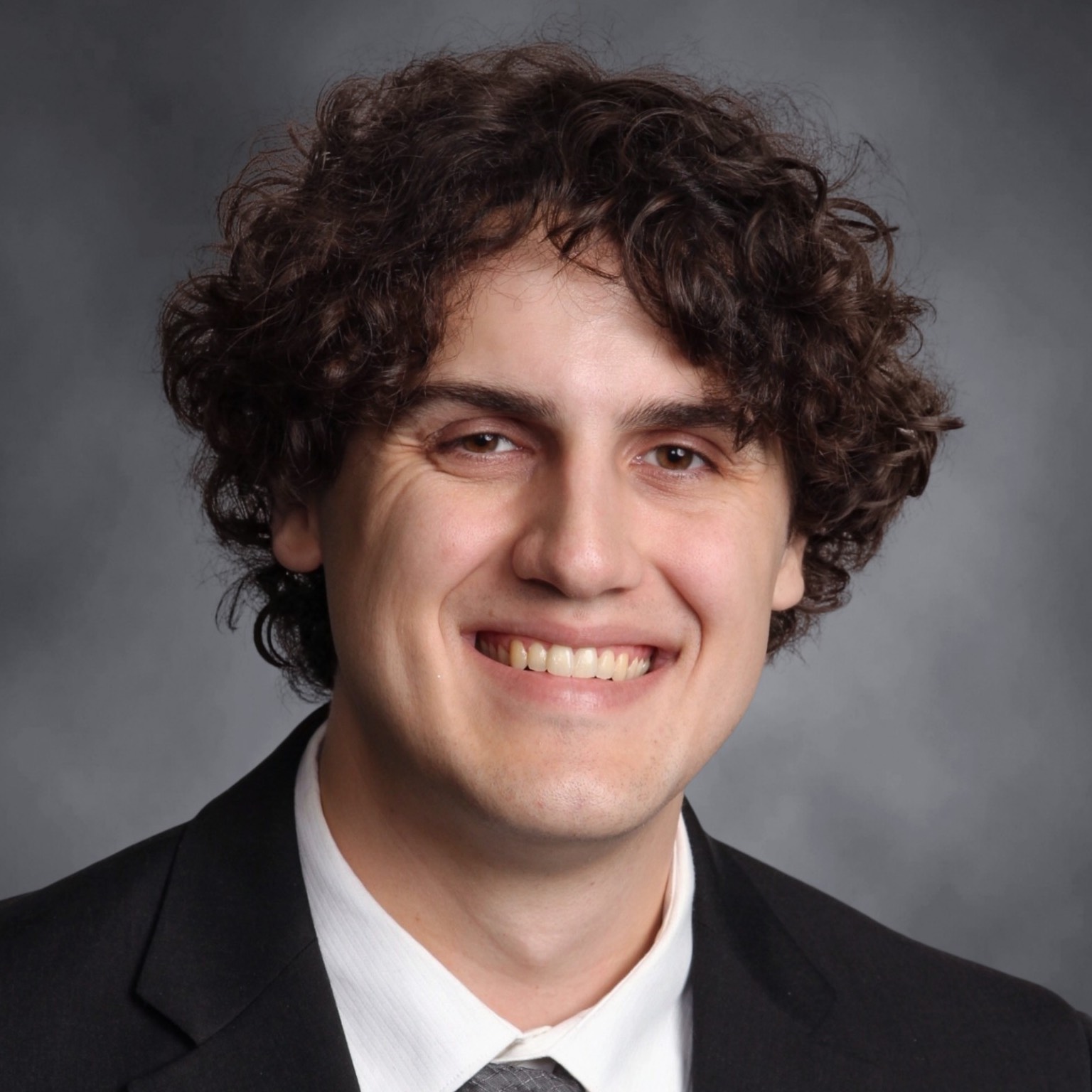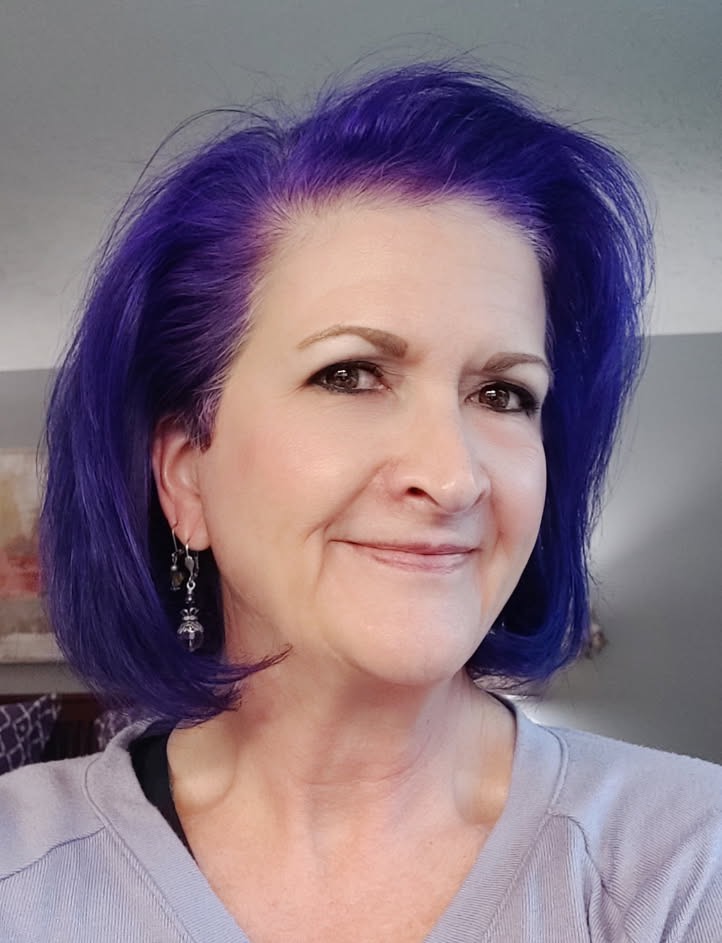Textbook edits help bridge relationship between MSU and Kobe Tokiwa University

(L to R) Kate Fandrick, Yukari Nishizawa-Brennen, John Gerlach, Angela Wholehan, Michelle Markstrom, Andrea Rafferty, Nicole Lipnichan, Hideo Sakamoto, Kathy Hoag, Sue McQuiston
Yukari Nishizawa-Brennen, who has a doctorate in organic chemistry, thought she was sending helpful corrections of chemical structures to the editor of the Tietz Textbook of Clinical Chemistry and Molecular Diagnostics.
Little did she know, the edits she made would start talks of a lasting connection between Michigan State University and Kobe Tokiwa University in Japan.
“I love this textbook and every time I opened it, I would just stare at the chemical structure errors,” said Nishizawa-Brennen, who is a professor for the Biomedical Laboratory Diagnostics Program at Michigan State University. “After hearing the textbook company was working on a new edition, I decided to mention the errors.”
Once Nader Rifai, the editor of the textbook and a pathology professor at Harvard Medical School, saw the edits, he asked Nishizawa-Brennen to help him on a learning module he was developing. The module focused on medical laboratory science and students earning degrees toward the profession.
“He appreciated my background in organic chemistry,” Nishizawa-Brennen said.
Rifai also asked Nishizawa-Brennen to collaborate on a Japanese version of the module with Hideo Sakamoto. Rifai and Sakamoto had met while Sakamoto was a postdoctoral fellow at Harvard Medical School. He’s now a department chair of medical technology at Kobe Tokiwa University in Japan
While on a trip home to visit her family in Japan, Nishizawa-Brennen also met with Sakamoto to work on the module.
Sakamoto’s students were already planning to visit a hospital where Rifai taught and, during her visit, Nishizawa-Brennen learned that Sakamoto was also interested in building a relationship with MSU because of its medical laboratory science program.
“I believe the interactions between students will stimulate global perspectives on laboratory science,” said Sakamoto.
He also felt the interactions would leave a strong lifelong impression that better prepare Japanese students and MSU students for the future of laboratory science.
In December, Sakamoto visited North Kedzie Hall to meet the faculty in the Biomedical Laboratory Diagnostics Program.
John Gerlach, director of the Biomedical Laboratory Diagnostics Program, said they discussed how such a collaboration could work and what the first steps could and would be to help bring the partnership to fruition.
“For Japanese students, it is a good opportunity to see if they would enjoy working in the United States as a Medical Laboratory Scientist and could help motivate them to get certified as an American Society for Clinical Pathologyi (ASCP international),” Nishizawa-Brennen said. “For MSU students, it a great opportunity to expand their views of the medical profession, build connections outside the United States and help build their leadership skills within the profession.”
Currently, the team is working to have students from Kobe Tokiwa University visit MSU in 2024 and for students in the Biomedical Laboratory Diagnostics Program visit Kobe Tokiwa University in 2025.



